1031 EXCHANGE - THE PROCESS
Here are the steps to start a 1031 exchange:
Proper planning is considered essential for a successful 1031 Exchange. To determine if this is appropriate for your overall financial goals, it is recommended that you seek advice from your financial and tax advisors. Additionally, it’s important to understand your adjusted basis, mortgage balance, estimated sale price, and anticipated date of sale.
Determine if the property is eligible: The property being sold and the property being purchased must be of “like-kind” and held for investment or used in a business or trade. Eligible properties include real estate, land, and certain types of personal property.
Identify a Qualified Intermediary: A qualified intermediary (QI) is a third party who facilitates the exchange by holding the funds from the sale of the relinquished property and transferring them to the seller of the replacement property. It’s important to choose a reputable QI who is experienced in 1031 exchanges.
List the property for sale: The relinquished property must be listed for sale and a buyer must be found.
Enter into a 1031 exchange agreement with the QI: The seller must enter into an agreement with the QI to sell the relinquished property and purchase the replacement property.
Close the sale of the relinquished property: Once the sale of the relinquished property is complete, the funds are held by the QI.
Identify replacement property within 45 days: The seller must identify replacement property within 45 days of the sale of the relinquished property. The QI will provide the necessary forms for identification.
Close the purchase of the replacement property within 180 days: The purchase of the replacement property must be completed within 180 days of the sale of the relinquished property. The funds held by the QI are used to purchase the replacement property.
Report the exchange on tax returns: The 1031 exchange must be reported on tax returns. It’s recommended to consult with a tax professional for guidance on reporting.
Following the guidelines for an exchange can become difficult from time to time. A taxpayer may not be able to identify a suitable property to buy in the 45-day identification period. A taxpayer may not be able to sell their property within 180 days. Improvements on a property may take longer than 180 days. Once a safe harbor provision is not met, the exchange is no longer eligible for tax deferment.
It’s important to consider all the facts before starting your exchange, consider current market conditions, and address any lending issues you may encounter.
Here are a few other ways of setting yourself up for a successful exchange:
If you want to begin a forward exchange, start looking for your replacement property as early as possible.
You can stretch out this extra period by delaying the close date on your relinquished property, preventing your 45-day countdown from starting.
If you have already identified a property you would like to purchase but have not been able to sell your current property, consider a reverse exchange. That way, you will ensure your purchase and have 180 days to sell the old property.
To avoid unwanted delays that may cut your 1031 exchange timeline short, ensure that your financing is in order before entering into an exchange agreement.
Therefore, if you’re considering a 1031 exchange as an investment strategy, it’s essential to complete a thorough due diligence process to minimize risks and ensure a successful transaction. With so many factors to consider, working with an experienced and reputable firm can simplify the process and give you peace of mind.
At 1031 Portfolio, we understand the complexities of the 1031 exchange process and can guide you every step of the way. Our team of experts can help you navigate the investment landscape, identify suitable replacement properties, and ensure a seamless transaction.
By partnering with us, you can benefit from our in-depth knowledge of the market, access to exclusive investment opportunities, and a streamlined investment process. We work with a wide range of investors, from individuals to institutions, and can tailor our services to meet your specific needs.
In addition to consulting with a tax professional, partnering with 1031 Portfolio can help mitigate risks associated with a 1031 exchange and help you achieve your investment goals. Contact us today to learn more about how we can help you.
CONSIDERING A 1031 EXCHANGE?
At 1031Portfolio, we offer our valued clients exclusive access to top-performing investment opportunities. We understand the importance of making informed investment decisions, and we are committed to helping you navigate the complex world of 1031 exchanges with ease. Our in-house brokerage expertise allows us to provide you with the highest level of service and support, ensuring that your investment goals are met.
We encourage you to contact us prior to taking any steps regarding your exchange, as our extensive network of resources, including qualified intermediaries, enables us to provide you with the most up-to-date and reliable information available. Partner with us at 1031Portfolio and let us help you achieve your investment objectives.
“Unlock Passive Income Opportunities and Streamline Your 1031 Exchange with 1031Portfolio”
